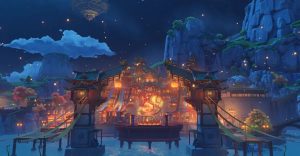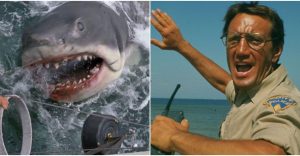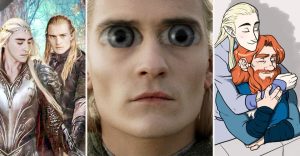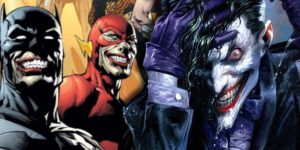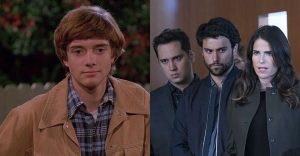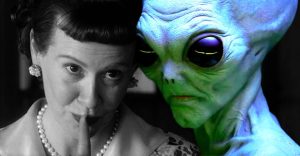How The Hobbit Got Smaug Wrong (And Why Del Toro Would Have Got Him Right)
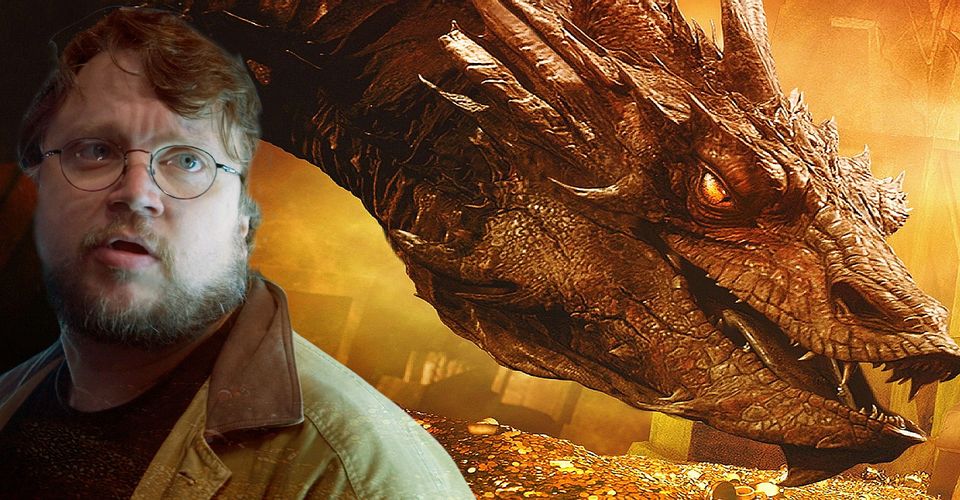
How The Hobbit trilogy got Smaug so wrong has been a bone of contention for many fans, especially considering Guillermo del Toro’s original vision for the dragon. While The Lord Of The Ring’s Peter Jackson ultimately directed The Hobbit trilogy, the initial director was del Toro, who spent two years working on the J.R.R. Tolkien adaptation. The filmmaker and his team already had in place completed aesthetics, creature designs, and full sets. Still, with no script or green light from MGM causing lengthy production delays, he was forced to step away from The Hobbit movies to keep his other projects at the time alive.
Jackson’s Hobbit movies The Desolation of Smaug and The Battle of the Five Armies expand on the character of Smaug, with Bilbo learning the dread dragon forcefully took the mountain of Erebor. Smaug killed and displaced the dwarves that lived there to claim untold riches, including the coveted Arkenstone. Bilbo (Black Panther’s Martin Freeman) eventually comes face to face with Smaug, engaging the dragon in riddles before concealing himself with the One Ring and stealing the Arkenstone. Thorin (Richard Armitage) and his company then battle Smaug within Erebor, only serving to enrage the dragon before it flies to Dale to remind the villagers of his power. Bard (Luke Evans) eventually shoots Smaug out of the sky, slaying the dragon with his father’s black arrows.
Yet del Toro and his team’s original Smaug designs are a painful reminder of what could have been, with Jackson’s The Hobbit missing the mark on the dragon’s key concepts. Guillmerp Del Toro’s Smaug is aesthetically superior, while his design also incorporates critical physical elements of the dragon that were overlooked in Jackson’s final product. Guillermo del Toro’s character arc for the beast would also have made much more sense, tying in J.R.R. Tolkien’s original message for Middle Earth regarding the dragon’s demise.
Del Toro’s Original Smaug Design

The original concepts that del Toro and his team drew up differ greatly from the final version presented in the second Hobbit movie. The director designed the initial vision for Smaug to heighten tension in the scene where he is trying to locate Bilbo based on scent. The filmmaker told his design team he wanted Smaug’s eyes to be difficult to locate, hidden within a domed head so that the audience could not see where it was looking. The mouth was to be a gaping maw, yet intended to move in a very human-like, expressive manner to unsettle viewers further. The idea of an almost blind-looking, Don’t Breathe-esque Smaug sniffing great gulps of air as he hunts Bilbo would have made for an incredibly tense sequence.
The director conceded when unveiling these initial designs that they did not conform with western mythology’s idea of a dragon, which caused tension within the production team. However, del Toro also admitted Smaug’s original design was intended to cause discomfort, particularly around the way his mouth moved, which would juxtapose the rest of his granite-like features. The early drawing certainly screams vintage del Toro, with Smaug’s curled horns looking like it was lifted from Pan’s Labyrinth and placed atop Erebor. Jacksons’ Smaug was no failure on the big screen, with Sherlock’s Benedict Cumberbatch loaning his voice with aplomb to the firedrake. It can also be argued the Smaug delivered in the final Hobbit films was much more marketable given the aforementioned western ideals of a dragon. Yet del Toro’s desire to make something that subverted expectations, leaning into strange and unfamiliar territory, is to be commended, particularly given it would have had the desired effect in making Smaug a figure of dread.
Guillermo del Toro’s Narrative Plans For Smaug

Guillermo del Toro had one further design for Smaug up his sleeve, envisioning the creature as having a jewel-encrusted underbelly. This conforms with Tolkien’s original concept instead of Jackson’s final version, a scaled belly with one weak spot unknown to Smaug. Not only does the concept of jewels being stuck to Smaug’s belly sound like a dazzling visual choice, but it also carries heavier thematic consequences in the canceled Mountains Of Madness director’s narrative. In both Tolkien and del Toro’s versions, Smaug’s jewel-encrusted underbelly is the reason for his defeat. The del Toro Smaug is incredibly proud of the treasures that have become part of his physique after years of laying on riches, so he cannot resist boasting to Bilbo about it when they interact. When Smaug peacocks, Bilbo notices there is one spot that has no treasure on it and later conveys this to the Lakemen, which hands Bard the advantage in his duel with the firedrake. This adds a huge amount of legitimacy to Bard’s ability to shoot a dragon out of the sky, even in a fantasy setting. In The Frighteners director Peter Jackson’s take on the material, Bard somehow spots Smaug’s one missing scale from his position in the nest – despite the smoke of Laketown burning below him. While The Hobbit is set in a fantastic world, this detail in Jackson’s sequel still seems dubious and was met with contention upon release.
The decision by Jackson and MGM to split The Hobbit into three movies is also a strange choice given the length of the original narrative. The Desolation of Smaug does an excellent job of ratcheting up the tension surrounding the dragon, first with Bilbo escaping and then with Thorin besting Smaug at Erebor. The tension then peaks as Smaug flies to Laketown, proclaiming himself as the harbinger of fire and death before the movie abruptly ends, destroying all the hard work taken to reach that critical moment. When the narrative restarts for LOTR and Hobbit director Peter Jackson in The Battle of the Five Armies a year later, it is almost impossible to recapture that same tension. Guillermo del Toro, in contrast, planned to make two films instead of three, and as a result, wanted to tell Smaug’s story in its entirety over the second chapter. This would have made for a much cleaner end product, although whether del Toro would also have given in to pressure from the studio to elongate the story for financial gain is unknown.
Poetic Justice For The Hobbit’s Smaug

Guillermo del Toro’s insistence in staying faithful to The Hobbit source material serves as further proof he would have delivered a wholly satisfying arc for Smaug. Tolkien’s works always carry fables within them, and The Hobbit is no different. Originally written for his son, Tolkien wanted to impart valuable life lessons to his child through the narrative, and the director had vowed to translate this to the screen. The prolific Guillermo del Toro’s vision conveyed that Smaug’s downfall happened not through pure skill as it did in Jackson’s version, but that his own hubris and greed ultimately defeated the dragon. If Smaug had not coveted treasure, he would not have had an unnatural jewel-encrusted belly to make him complacent.
Furthermore, if he had not flouted his underbelly to Bilbo, Bard would have been unable to defeat him. In this way, del Toro’s version serves up satisfying poetic justice and teaches a valuable lesson to the younger viewers that The Hobbit story was originally aimed at. Jackson’s trilogy certainly delivers positive messages of unity and shows characters (sometimes unbelievably) triumphing in the face of adversity. Still, del Toro’s The Hobbit would have championed these same core values while also doing justice to Smaug in a way the final version sadly did not.
About The Author










